Usually when rims come in for reconditioning they are rusty and scaled from years of use, according to Fred Clarke, founder of Agrigear in Bailieborough, Co Cavan. He says to start the reconditioning process rims should be shot-blasted first. This cleans, strips and improves a metal surface. The rims pictured are from a tractor and have rusted with wear and tear. These rims are loaded into the industrial sized shot-blasting machine for cleaning. The rims hang on a rotating hook and three propellers blast spherical shots to clean the metal surface.

The shot-blasting process usually takes four minutes. Once complete, the rims are clean enough to be checked for cracks or damage. Checks are carried out at this stage because prior to this the rims are usually covered in rust. If there are small cracks on the body of the rim, repairs can be carried out by welding. Fred says sometimes the centre of the dish can be cracked around the holes that fix the wheel to the tractor. For safety, this should be removed and replaced. If there are significant cracks on the centre plate, this can also be removed and replaced with a complete new dish. When a rim is in a very poor state of repair, Fred says it is best to buy a new one.

When all the repairs are carried out, the rims can be prepared for priming and painting. To start off this part of the process they are loaded on to the production line. Rather than tying the rim to this line, a special hook that fits inside the air valve hole of the rim is used. This helps ensure none of the rim surface is missed at the painting stage. An angle grinder is used to clean off any imperfections or sharp edges on the stud plate. A gas-powered flame burner is used to heat up sections of the outer band of the rim to reshape segments that lost their original form. Any dust is then blown off the rim and it is moved to the industrial-sized oven which is preheated to a temperature of 140°C prior to painting.

The priming and painting procedure is carried out when the cleaned and repaired rims are removed from the oven. The primer, which has anti-rust properties, is added first, covering the entire rim. Any areas on the rim that will be visible after a tyre is fitted are painted. This work is carried out in a powder paint booth. The powder paint is electrostatically charged, which is attracted to the metal rim. When the paint gun trigger is pulled the positively charged paint material is drawn to the negatively charged rim. This reduces paint wastage and promotes a very even paint coat.

When the rim is primed and painted, it is returned to the oven to be cured. The painted rim remains in the oven for 20 to 25 minutes at 220°C to allow the paint to harden. The colour used on the rim depends on the tractor make. For example, a John Deere rim is painted yellow, a Case IH is painted silver, a Fendt is red, a New Holland is white and a Claas is red. The rim is then removed from the oven and given time to cool. An industrial-sized blower is used to speed up the process. According to Fred, reconditioning of chipped or rusted wheels makes a huge difference to the look and value of any tractor or machine. Customers range from farmers who want to ensure their wheel rims are safe and fit for purpose to secondhand tractor salesmen who want to improve tractor rims before sale.
Typical pricing for reconditioning a set of wheel rims delivered to Agrigear (two front and two rear) varies from €150+VAT up to €500+VAT for the set of four.

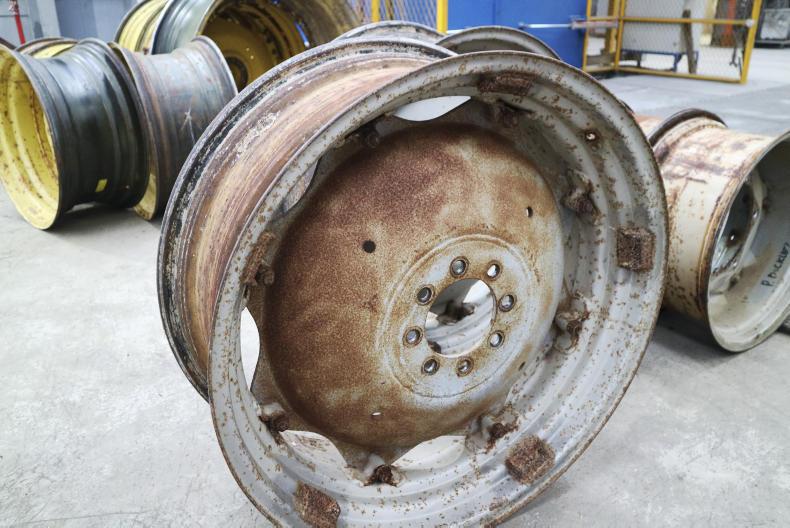




 This is a subscriber-only article
This is a subscriber-only article










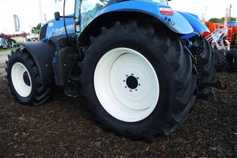

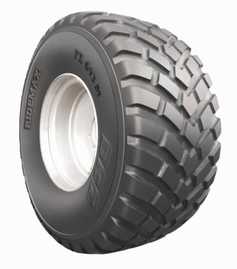
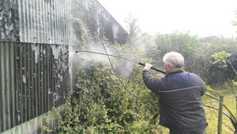
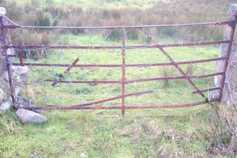
SHARING OPTIONS: